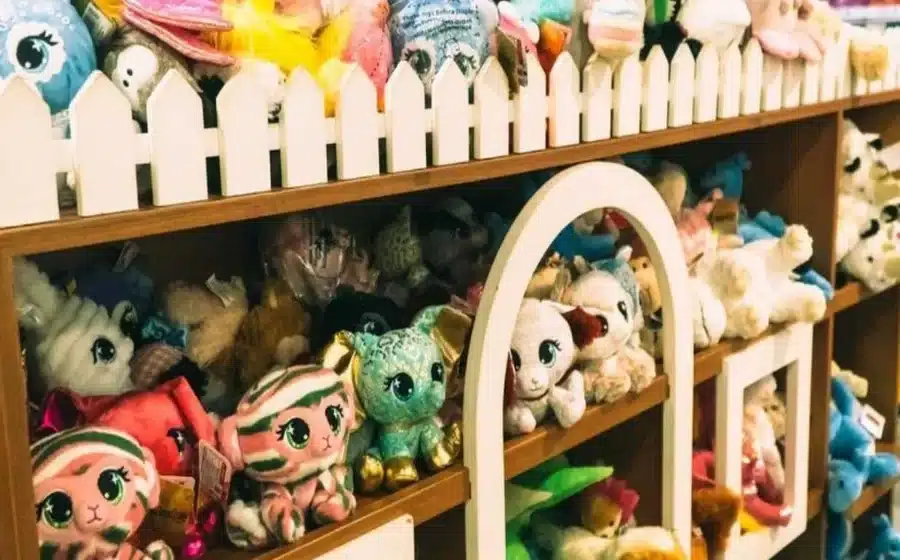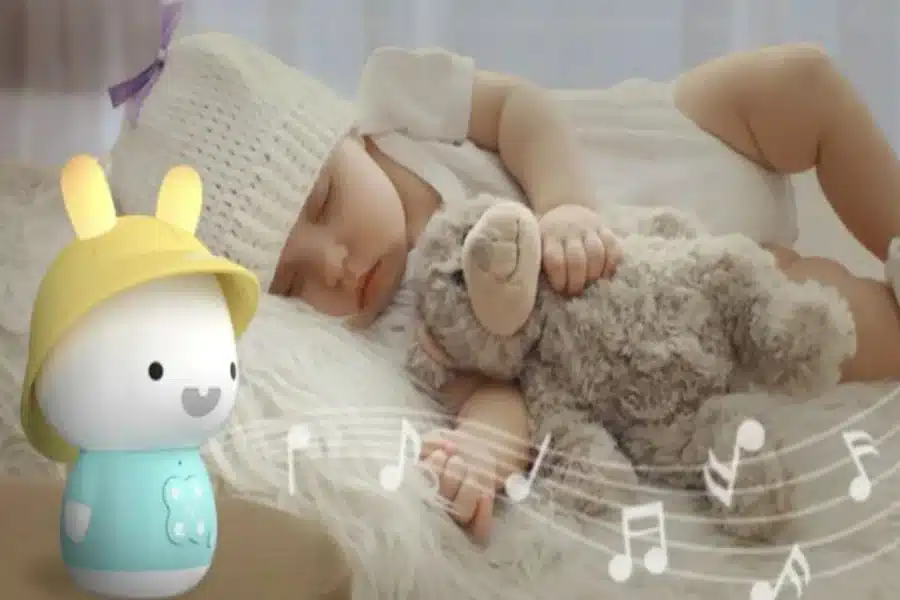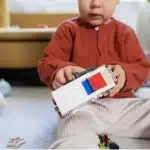Cleaning baby toys may seem straightforward, yet many parents make blunders that jeopardize their kid’s health and safety. If not properly cleaned, toys may retain bacteria, allergies, and even mold. These mistakes, which range from using improper supplies to failing to clean toys on a regular basis, may shorten toy lifetime and pose health hazards. Knowing how to properly disinfect infant toys is critical—not just for cleanliness but also to avoid disease and allergic reactions. This tutorial will go over common cleaning errors, how to prevent them, and the best ways to keep every item safe for your baby’s everyday usage.
Are You Using the Wrong Cleaning Products?
Avoid Harsh Chemicals That Can Harm Your Baby
Despite their apparent use, strong cleansers often include harsh chemicals that are dangerous for babies. Ammonia, undiluted bleach, and alcohol are among the ingredients that might irritate delicate skin or cause dangerous reactions if swallowed. Babies are more vulnerable to exposure because they are often putting things in their mouths. Instead, utilize natural therapies like hydrogen peroxide, diluted vinegar, or disinfectants that are safe for babies. Read labels carefully and stay away from anything that has dyes or fragrances. See our post on how to disinfect baby toys using non-toxic methods that won’t affect your child’s health for a safer option.
Don’t Confuse Disinfecting with Cleaning
Cleaning removes apparent filth, while disinfecting eliminates unseen bacteria. Many parents end with a brief soap-and-water washing, leaving hazardous germs behind. To ensure optimum sanitization, always disinfect after cleaning. For example, after cleaning plastic toys, soak them in a weak bleach or vinegar solution. To disinfect plush toys, use sprays or steam cleaners. This two-step method guarantees that the toys are clean and safe. Learn how to properly disinfect baby toys by learning when and how to use each technique, particularly after illness or outside play.
Misusing Homemade Solutions Without Proper Ratios
DIY cleaning solutions may be effective, but only when properly blended. Many parents estimate ratios or swap components without understanding the safety limitations. Using too much vinegar, hydrogen peroxide, or baking soda may injure toys and infants. To prevent irritation, combine vinegar and water in equal proportions. Hydrogen peroxide should not be more than 3%. If you’re uncertain, use the established procedures in reputable sites for properly disinfecting infant toys. Mixing incorrectly may be as dangerous as using harsh store-bought cleansers.
How Often Should You Clean Baby Toys?
Ignoring Toy Material and Frequency of Use
How often you should clean toys depends on the materials and use level. Teething toys and soft plushies used on a daily basis must be cleaned after each usage, although wooden blocks or books may only need care once a week. Neglecting this might result in the accumulation of bacteria or mildew. The fabric absorbs more moisture and grime than plastic or silicone. Make a cleaning schedule depending on the kind of material and how often your baby uses the toy. Refer to particular rules for disinfecting baby toys depending on their materials to keep your infant safe.
Forgetting to Clean Bath and Outdoor Toys Regularly
Bath and outdoor toys often get the least care while being the most exposed to toxins such as soap scum, mildew, and outdoor germs. These toys should be cleaned at least once a week and even more regularly in humid settings. Mold often forms inside hollow bath toys, particularly ones with tiny holes. Outdoor toys gather pollen, grime, and animal droppings. Don’t simply rinse them; scrub them with soap and disinfect them completely. Check a reputable source for step-by-step instructions on how to disinfect baby toys in various settings, such as baths and backyards.
Skipping a Cleaning Schedule Altogether
Without a regular cleaning plan, it’s easy to forget when a toy was last washed. This neglect enables germs and allergies to grow. Set weekly, daily, or monthly reminders for each toy type. Make a checklist: daily for pacifiers, weekly for cuddly toys, and monthly for big plastic things. Setting a schedule ensures that nothing falls between the gaps. Disinfection is particularly crucial after illness. If you’re unsure when or how consult a trusted guide on how to disinfect baby toys and establish a customized schedule based on your child’s preferred style of play.
Do You Know Which Toys Are Machine-Wash Safe?
Throwing All Toys in the Dishwasher or Washer
Not every toy is designed for machines. Tossing everything into the washing or dishwasher might result in harm. Plush toys may lose their form, and some polymers might melt or emit toxins when exposed to high temperatures. Always read the care label first. For soft toys, use laundry bags and store dishwasher-safe plastics on the top rack. Clean everything else by hand. Before you begin, understand how to properly disinfect baby toys to avoid ruining your child’s favorites in the process.
Damaging Battery-Operated Toys During Cleaning
Toys that run on batteries should never be washed with water. Internal components may corrode, malfunction, and cause safety problems if water gets inside. Batteries should never be removed before cleaning. Using a wet cloth and a light cleaning solution, wipe the surface clean. Avoid submerging these toys. Using electronic wipes or a safe solution sprayed on a towel, disinfect. Do not put the batteries back in until the toy has completely dried. Look for trustworthy advice on how to clean baby toys like these to avoid costly and dangerous mistakes.
Not Following Manufacturer Cleaning Instructions
Every toy comes with instructions for maintenance, yet they are often disregarded or thrown away. These instructions are specific to the toy’s materials and construction, ensuring proper cleaning techniques. Using the incorrect approach may violate warranties, damage toys, or shorten their lifetime. Always check the labels or seek official care instructions online. If no instructions are given, use basic safety guidelines published in reputable sources on how to disinfect infant toys. Paying attention to these elements ensures that your baby’s toys are safe, useful, and long-lasting.
Conclusion
Cleaning infant toys may seem simple, but the improper method might do more damage than good. Common errors, such as using dangerous materials or failing to clean on a regular basis, may result in health risks or toy damage. Understanding how to properly disinfect baby toys is critical to keeping your kid safe from bacteria, allergies, and poisons. Follow the suggested techniques depending on the toy’s material and frequency of usage. Maintain a cleaning regimen, avoid strong chemicals, and follow product directions. With the appropriate practices, you can keep your baby’s playthings clean and safe, giving you peace of mind whenever your kid picks up a toy.




